#County Cork
Explore tagged Tumblr posts
Text

Main Street, Macroom, County Cork.
782 notes
·
View notes
Text
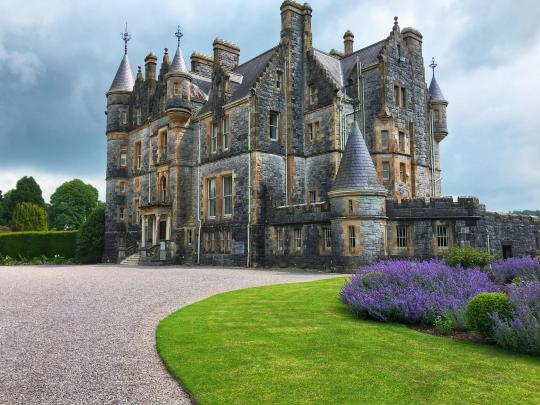
Blarney House, Blarney Castle, County Cork, Ireland
#art#design#architecture#history#luxury lifestyle#style#luxury house#castle#baronial#luxury home#ireland#county cork#blarney house
710 notes
·
View notes
Text

96 notes
·
View notes
Text

A warm November so far here in Ireland with up to 19C recorded and eleven weather stations around the country recording new maximums.
Still less than the maximum of 20.1C recorded in Ireland, it has meant the start of winter has so far been quite unseasonal.
Here, a cloudy but warm day at the coast of County Cork with Ballycotton Island Lighthouse seen here.
#lighthouse#county cork#ireland#vsco#landscape#vscocam#irish#photographers on tumblr#photography#travel#nature#panoramic ireland#seascape#rocky coast#seascape photography#photographing#wild atlantic way
40 notes
·
View notes
Text






Ireland 2024 - Blarney Castle and poison garden (2) (3) (4) (5) (6) by Sara Ream
#castle#ruins#towers#gardens#flowers#wisteria#scotch laburnum#calla lily#poison hemlock#complicated tree#ireland#county cork
38 notes
·
View notes
Text

My time abroad...
County Cork, Eire (flickr)
Drombeg Stone Circle
21 notes
·
View notes
Text




A lovely BMW E30 325i Sport (1991) in Dolphin Grey, recently seen at a local Cars & Coffee meeting.
Fujifilm X-T3 + XF35mm F/2.
#car photography#cars#cars of tumblr#county cork#fujifilm#irish photographer#bmw#bmw 3 series#bmw classic#automotive#german cars#e30#autumn#cork city#cars and coffee#bmw coupe#bmw e30#car photoshoot#automotive photography
47 notes
·
View notes
Text



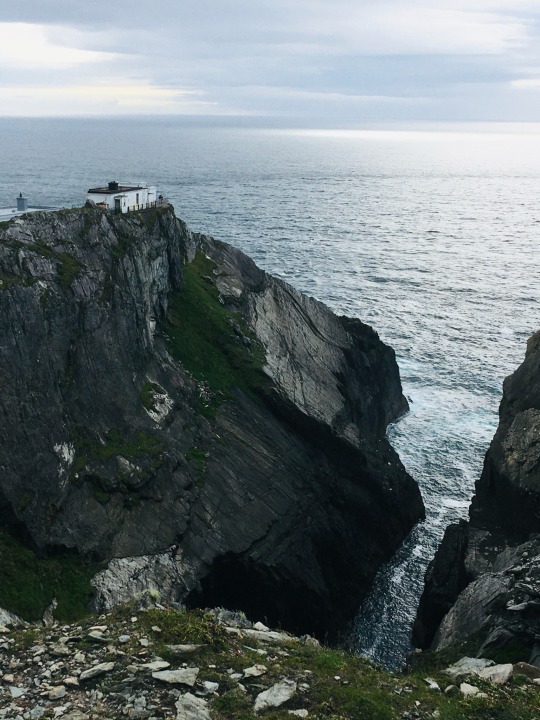
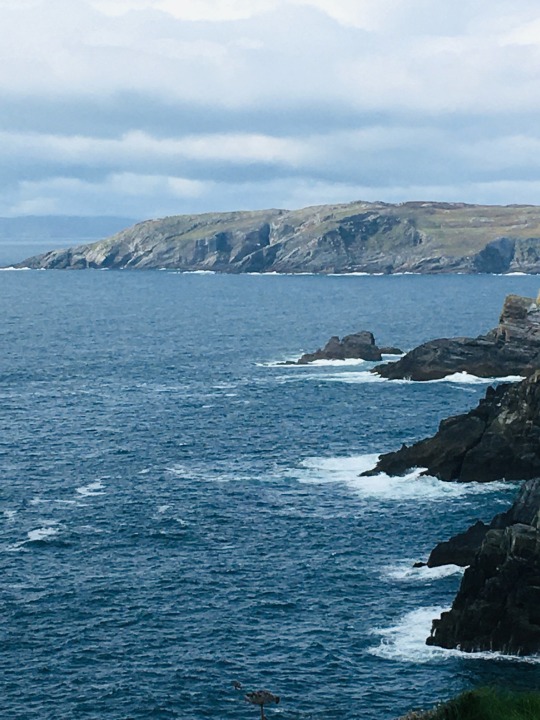

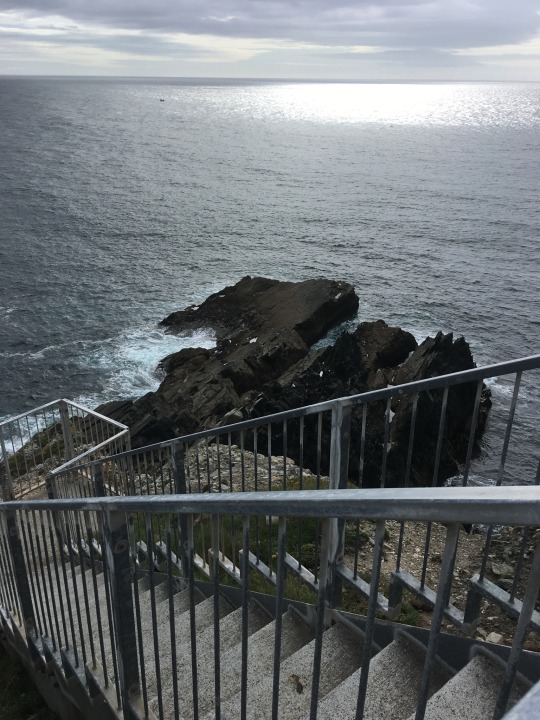

Mizenhead, Co. Cork.
Photos mine
(Mythological commentary under the readmore)
I was able to take these pictures and train as a Celticist because of the passion and dedication of my mentors and colleagues in my MA department. If you enjoy these photos, please consider signing this petition to save the Bachelor Celtic at Utrecht, which is still taking signatures.
This was...probably a more difficult entry to make than I thought it would be. I know people probably voted for it on the idea of 'R loves Bres and R loves Balor, so this should be an easy post for them to make!' But it's...almost specifically BECAUSE I'm so emotionally invested that I struggle to make it. Are people looking for an academic, objective account for this? Are they looking for pretty photos? Both? Yes? No?
But...well. You all voted for this in a poll posted by me, knowing my interests, so you knew this wasn't going to be 100% objective, either. So...let's get into it.
When I visited Mizenhead, it was the culmination of over a decade of dreaming of getting to see it in person.
Many Americans, when they go to Ireland, have a certain idea of what they want to see, what they want to do. This can range from the Book of Kells to Irish run breweries to the Blarney Stone to the Cliffs of Moher to half-forgotten familial holdings to Cong, where The Quiet Man (starring John Wayne and Maureen O'Hara) was shot (sidenote: that village is also close to where the First Battle of Magh Tuireadh, ie Cath Muighe Tuireadh Cunga, took place.) For me, when I first got off the plane to Ireland, I knew that this was a site that I desperately *needed* to see (besides, of course, my uni), and that was Mizenhead. In the old days, of course, it wasn't called Mizenhead, it was called Carn uí Néit, or "The Gravesite of the Grandson/Descendant of Nét" (the 't' was softened to a 'd' as time went on, leading to its modern form of Carn uí Néid.) Sometimes, I still forget to call it by its more well known anglicized name, meaning that I'm constantly having to clarify, because that's the name I heard first, and it's the name that rings truest to me.
According to the Dindshenchas of Cairn uí Néit, written the better part of a millennium ago c, this was the spot where Bres Mac Elatha died at the hands of his rival, Lugh, being tricked under geas to swallow over 300 vats of bog water, in the guise of milk.
A dindshenchas poem details the most well-known story associated with the site, as it was known in the Middle Ages (translated, in a style a little too flowery for my taste, by Edward Gwynn, but, if I want to be honest, it has taken me too long to get this out as it is and I know that if I translate the entire thing, it will NEVER get done) :
[...]
6. Bress, a kindly friend was he, (he was a good friend) noble he was and fortunate, ornament of the host, with visage never woeful, of the Tuath De he was the flower. (Note: the BEST, what were you DOING Gwynn, lay off the medieval chivalry)
7. The drink of a hundred for each roof-tree was brought to the chieftain without fail, of the milk of dun-hued kine: he suffered from that fare.
8. In the reign of Nechtan bass-chain, of dear fame, of enduring purpose, at the cost of the King of the two Munsters, occurred the cause of the enduring name.
10. The kine of every townland in Munster — lasting harm! — by Nechtan's orders were singed, over ferns, till they were black of hue.
11. A mess of ashes was smeared by the noted men of cunning on the kine famed for fatness [...]
12. They fashioned stout kine of wood — that whole host noble and slender: Lug, who was dutiful on all occasions, chose them and brought them together.
13. Pails in their forks were set with cheerful nimbleness; red stuff, with no bright shining fatness, that is the milk that filled them.
14. Three hundred, that was their number on the road to that gathering: at this contest, through his cheating illusion, there was not a cow of these kine alive.
15. Bress, hot of valour, came to the middle of the field to judge them: thereby, without prosperous issue, he perished and died.
16. From the drove were measured three hundred measures, bitter-harsh, for the spear-attended king to drink: it was a preparation of ill-presage.
17. Bress had a vow not to refuse any feat that was offered him: he drank it off without flinching: I know not what it brings.
18. At the Carn of radiant Ua Neit it killed the stern scion, when he had drunk without dread a draught of the dark ruddy liquor
19. By reason of this unfair demand, without due observance since the failure of his vow, without rightful and seemly honour the grave of Bress covers him.
Stokes provided an edition and translation of the prose version from the Rennes Dindshenchas:
Then Bres came to inspect the manner of these cattle and so that they might be milked in his présence, and Cian (Lugh's father) was also among them. Ail the bogstuff they had was squeezed out as if it was milk of which they were milked. The Irish were under a tabu to corne thither at the same time, and Bres was under a tabu to drink what should be- milked there.
So three hundred bucketfuls of red bogstuff are milked for him, and he drinks it. Some say that he was seven days and seven mouths and seven years wasting away because of it, and he traversed Erin seeking a cure till he reached the same cairn, and there he died. Whence Carn uí Néit is named.
In other texts, the owner of the grave is changed: In the Early Modern recension of CMT, Cath Muighe Turieadh, it is actually Balor's death site, not Bres', Lug hunting his grandfather across Ireland until they have their fatal showdown there. John Carey, in "Myth and Mythography in Cath Maige Tuired", has argued that the attribution of this site to Bres was actually after the fact, with the attribution to Balor being the earlier of the two. On the record, I agree, on the basis that (1) Bres' usual haunt is Maginnis, in what is now Lecale, Co. Down and (2) Balor is consistently referred to as "Uí"/"Ua Néit", unlike Bres who, outside of this poem, is generally referred to purely as "Mac Elathan."
Generally speaking, Bres is not the figure from Cath Maige Tuired that most academics will say that they like, when they'll admit that they *can* like any of the characters, beyond a detached sense of general interest. The boisterous Dagda, the haunted and embattled Nuada, the exemplary Lug all gather far more positive reactions. On an anecdotal note, though, I've had a number of overwhelmingly queer people, usually in their late teens or twenties, approach me over my time doing this, and tell me how important Bres was to them, how interesting. Bres taps into something that, perhaps, many older academics, who are used to the rigid structures of academia, do not want to acknowledge: a willingness to defy society, to rebel, to question. The feeling of being torn apart by competing forces, of being conflicted, of being frightened and lonely. The feeling of being watched, of being judged, of being a player in a game by much older, much more experienced people, but still trying to play it anyway, even if he flounders in his execution. Because the truth is that Lug is easy to like, particularly in Cath Maige Tuired where he's at his least manipulative. He can do everything! He unifies people! He's charismatic! He's dutiful! He does everything exactly as he's supposed to and, as a result, has all the emotional depth of a thimble. (I like him best when he's taking bloody revenge, when the mask of the ideal hero comes off and he's allowed to be a little bit messy.) With Bres, there is no illusion that he's perfect, that he's flawless. No one finishes reading CMT and thinks that, really, it would have been better off for everyone if Bres had won. Not many of us can be Lug, but all of us have been Bres at one point or another, the question is simply whether we want to admit to it. All of us have fallen short, at some point or another, all of us have disappointed someone, including, at times, ourselves. All of us have watched as someone came onboard -- maybe they were younger, better with people, more competent, naturally talented, and left us in the dust. It's why people come away from Amadeus sympathizing with Salieri, because, at some point in our lives, we all venerate the Patron Saint of Mediocrity.
In an academic environment, I'm often asked why I'm so drawn to Bres. The truth is that there are very few academic explanations that can fully explain it. The answers that I give -- the complexity of his character, the insight he can give as an antisocial character, the parallels he has to Lug and to the broader world of the Tuatha Dé -- are not lies, but they can't fully capture the reality, either. In truth, the relationship I have with Bres isn't devotion, not in a religious sense, at least, but it is the sort of pure bond you can only form with something when you're a teenager, grasping for a piece of driftwood to cling onto through the waves of adolescence. He's been with me every single step of the way, in all his flaws and all his thoughtlessness, his melodrama, his rashness. He tells me that sometimes, I don't need to be perfect, I just need to survive. What it means to embrace liminality, even when society demands that we be boxed into neat little categories. He saved my life. In many ways, he gave me a life worth living. And, in turn, I crossed an ocean for him. I faced down a pandemic for him. I faced down hell for him. All to stand at his gravesite. I don't know if my pagan friends are right and that the Tuatha Dé's presences still linger in Ireland; I've never seen any cause to believe it, but, frankly, I've studied them long enough to know not to tempt fate on that score. I don't know if there ever is or was any trace of the man who I've spent so long studying that still lingers. I don't even know if anyone else ever stood by that cliff, looking down in the cobalt blue waters, the white tipped waves crashing against the rocks that jut out from Manannan's kingdom, and took a moment to think of him. Or what thoughts emigrants might have thought as they left in ships and, all too often, never saw their home country again, the grasping rock their last sight of their country. But I do know that on one autumn day, an American international student stood there and finally, finally took the chance to thank him for everything he'd done and to tell him that it was enough.
#county cork#mizenhead#ireland#ireland photo#ireland photography#eire#irish trip#travel#irish mythology#celtic mythology#mythological cycle#bres mac elathan#balor uí néit
21 notes
·
View notes
Text

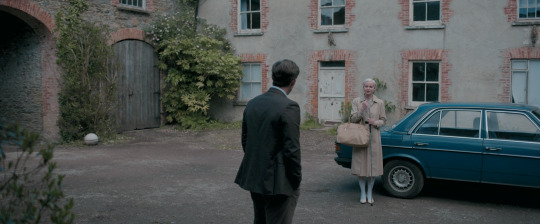





Oddity Damian Mc Carthy. 2014
House Bantry House, Seafield, Bantry, Co. Cork, Ireland See in map
See in imdb
#damian mc carthy#oddity#carolyn bracken#gwilym lee#caroline menton#bantry house#seafield#bantry#county cork#ireland#movie#cinema#creature#golem#google maps#street view#2024
39 notes
·
View notes
Text
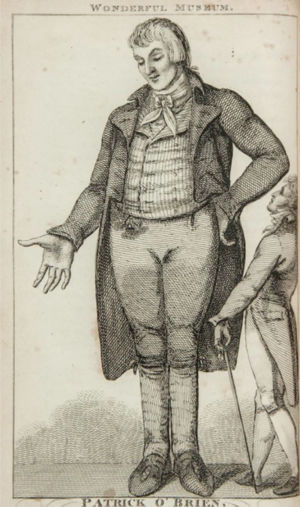
Patrick Cotter O'Brien (1760-1806), of County Cork, Ireland, holds the distinction of being the first person confirmed, in his own lifetime, to be at least eight feet tall, at 8 foot 1 inch (c. 2.46 meters).
Depending on which source one reads, he may have been the first confirmed eight-foot tall person period, though I have read sources claiming that a skeleton was later found of another man, who supposedly lived earlier than O'Brien, and measured at eight feet in length.
Prior to him, there were the reports on Goliath's height, but the Dead Sea Scrolls demonstrated that a simple typographical error had inflated Goliath's height from something around 6 foot 9 (c. 2.06 meters), which means that Goliath was actually about the size of a basketball power forward, up to a fantastical 9 foot 9 (c. 2.97 meters)
#Patrick Cotter O'Brien#Ireland#County Cork#history#tall people#historical#black and white#drawing#Goliath#Dead Sea Scrolls#Georgian
84 notes
·
View notes
Text

Red door in a yellow wall, Kinsale, County Cork - (Doras dearg i mballa buí, Cionn tSáile, Contae Chorcaí), 2013.
28 notes
·
View notes
Text

Charleville Road, Newmarket, County Cork.
294 notes
·
View notes
Text
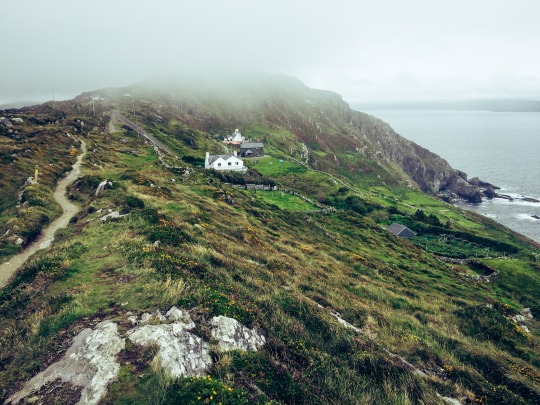
Sheep's Head Peninsula, County Cork, Ireland. August 2020.
#ireland#irish countryside#atlantic coast#coast#europe#atlantic ocean#irish coast#county cork#countryside#nature
39 notes
·
View notes
Text

#moon#the moon#correspondence web#lunar gothic#irrationality#unreason#megalith#stone circle#cork#county cork#ireland
19 notes
·
View notes
Text

📍Cork, Ireland 🇮🇪 © mK.H. Tajim [IG]
14 notes
·
View notes
Text




Charles Fort (2) (3) (4) by matt303uk
#black & white#fortifications#bastion fort#trace italienne#fortress#stone building#historic landmark#ireland#county cork
11 notes
·
View notes